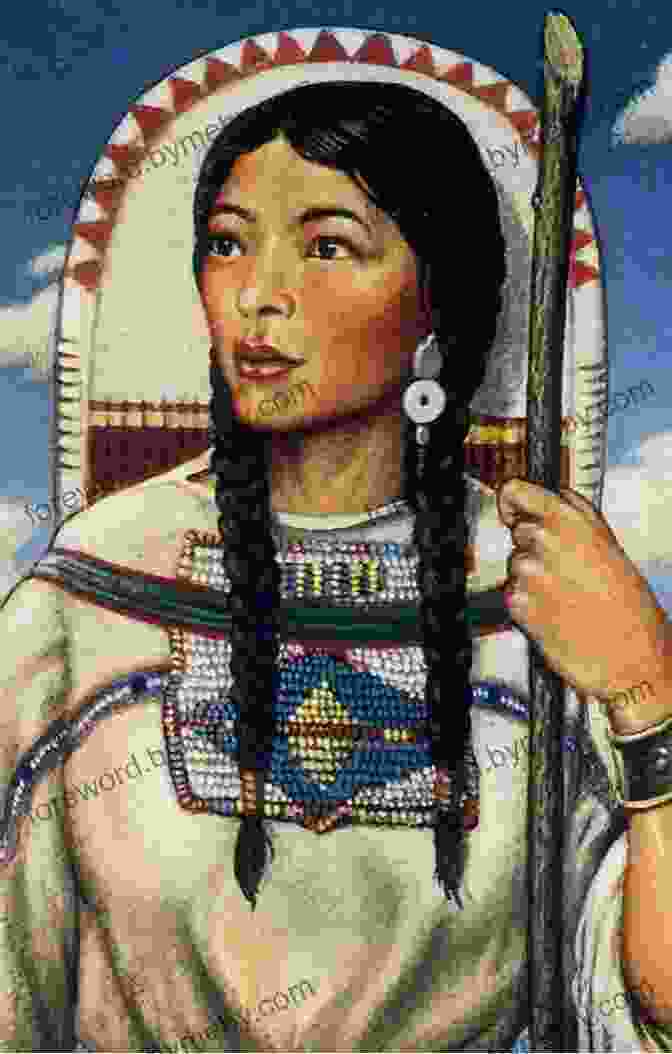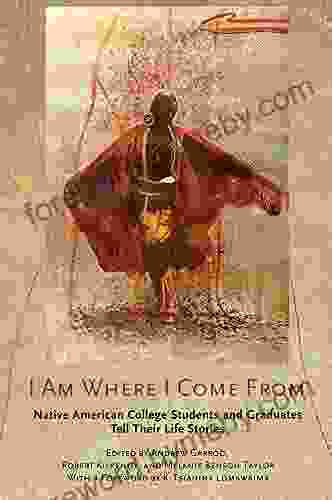
As the vast and untamed wilderness of the American frontier unfurled before them, the Lewis and Clark Expedition embarked on an audacious journey that would etch their names in the annals of history. At the heart of this epic adventure was Sacagawea, a young Native American woman whose unwavering spirit and invaluable contributions propelled the expedition to its triumphant .
The Shoshone Guide
Born into the Shoshone tribe, Sacagawea possessed an intimate knowledge of the unforgiving terrain that lay ahead. Her exceptional hunting and gathering skills, honed in the unforgiving wilderness, proved invaluable to the expedition. She could identify edible plants, locate water sources, and navigate through treacherous mountain passes with ease.
Beyond her practical abilities, Sacagawea's presence as a woman and a Native American granted the expedition a unique advantage. She bridged the cultural divide between the explorers and the tribes they encountered, facilitating communication and fostering a sense of trust. Her ability to interpret between multiple languages enabled the expedition to forge vital alliances with Native American nations, securing their assistance and ensuring safe passage.
The Role of Sacagawea
Sacagawea's contributions extended far beyond her role as a mere guide and interpreter. She proved to be an indispensable member of the expedition, performing a multitude of tasks essential to its success.
- Providing sustenance: Sacagawea's hunting and foraging skills supplemented the expedition's meager rations, ensuring that the explorers had enough to eat in the desolate wilderness.
- Navigating the terrain: Her intimate knowledge of the land enabled her to guide the expedition through treacherous mountain passes and across vast open plains, avoiding dangerous obstacles and choosing the safest paths.
- Mediating conflicts: As a respected member of the Shoshone tribe, Sacagawea served as a bridge between the explorers and various Native American nations, diffusing tensions and facilitating peaceful negotiations.
- Caring for the sick: Sacagawea's traditional healing knowledge proved invaluable when expedition members fell ill, offering comfort and remedies that aided in their recovery.
The Path to the Pacific
The expedition's journey to the Pacific Ocean was fraught with challenges and hardships. The explorers faced relentless storms, starvation, and conflicts with hostile Native American tribes. Yet, through it all, Sacagawea remained a beacon of resilience and determination. Her unwavering spirit inspired her fellow explorers, and her contributions proved vital in overcoming the formidable obstacles that lay in their path.
As the expedition finally reached the vast expanse of the Pacific Ocean, a sense of triumph washed over them. Sacagawea had played a pivotal role in their extraordinary journey, guiding them both physically and spiritually through uncharted territories. Her enduring legacy as a courageous guide, a skilled interpreter, and a symbol of Native American resilience continues to captivate and inspire generations to come.
"Path to the Pacific: The Story of Sacagawea" is a captivating narrative that unveils the extraordinary life and contributions of this remarkable woman. Her steadfast spirit, unwavering determination, and invaluable assistance were instrumental in the success of the Lewis and Clark Expedition. Through her journey, we witness the resilience of the human spirit and the transformative power of cross-cultural understanding. Sacagawea's legacy continues to resonate today, inspiring us to embrace diversity, forge connections, and pursue our dreams with unwavering perseverance.

























































































